Euphorbia lathyris
That the Gopher Spurge (Euphorbia lathyris) drives voles and moles out of the garden is a popular belief that I cannot confirm. In my garden, these species coexist peacefully. Almost, because the mole I suspect to eat young mice. At least the number of rodents has increased since he left the garden.
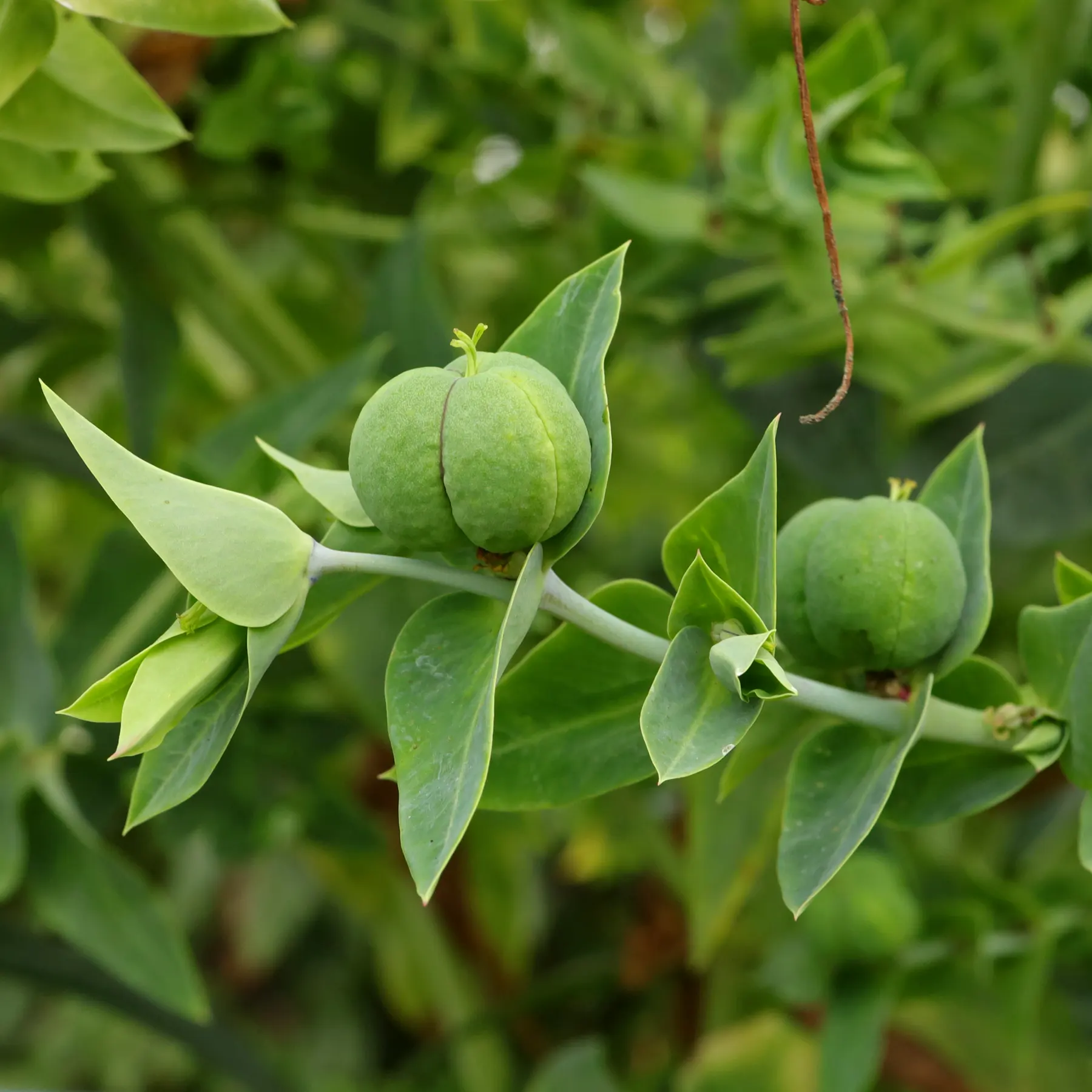
Description
Euphorbia lathyris grows as an annual or biennial and can reach over a meter in height. It retains its leaves even in winter. At first glance, it is not obvious that it is related to the poinsettia.
The flowering period can last from June to August, and the Gopher Spurge shows its fruits until November. They can reach diameters of almost two centimeters.
Once the fruits are dry, they burst and fling the seeds around.
All parts of the plant are poisonous. Contact with the milky sap can cause allergic reactions.
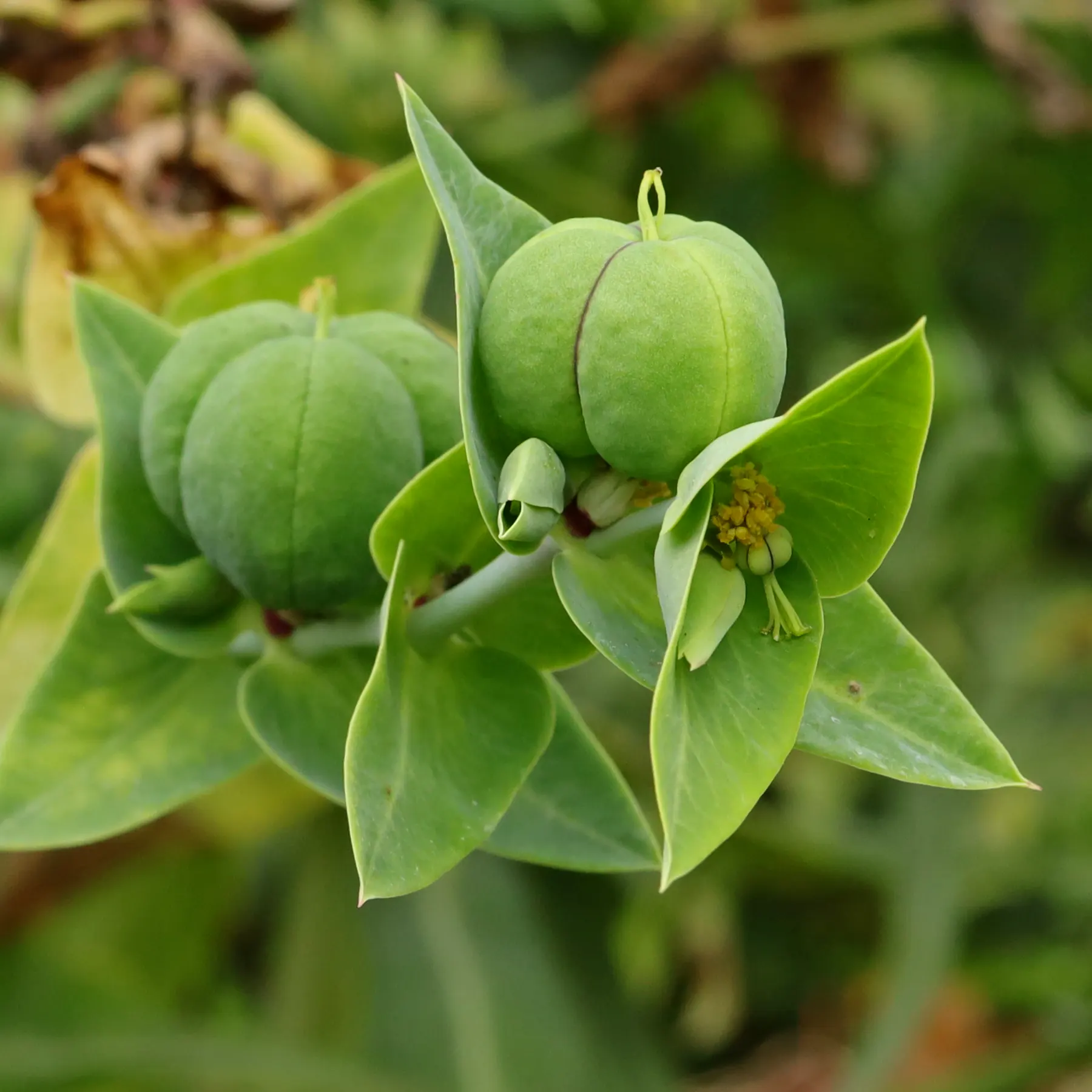
Occurrence
Euphorbia lathyris came to Central Europe and North America as an ornamental plant. Its original distribution area is said to be in Asia (China) and the Mediterranean region (France, Greece, Italy) (source). As an introduced species, it is also found in other regions.

Gopher Spurge grows in sunny to semi-shady locations and thrives best in evenly moist as well as nutrient-rich soil. However, it can also grow between flagstones or in gravel paths, but remains much smaller in such locations.
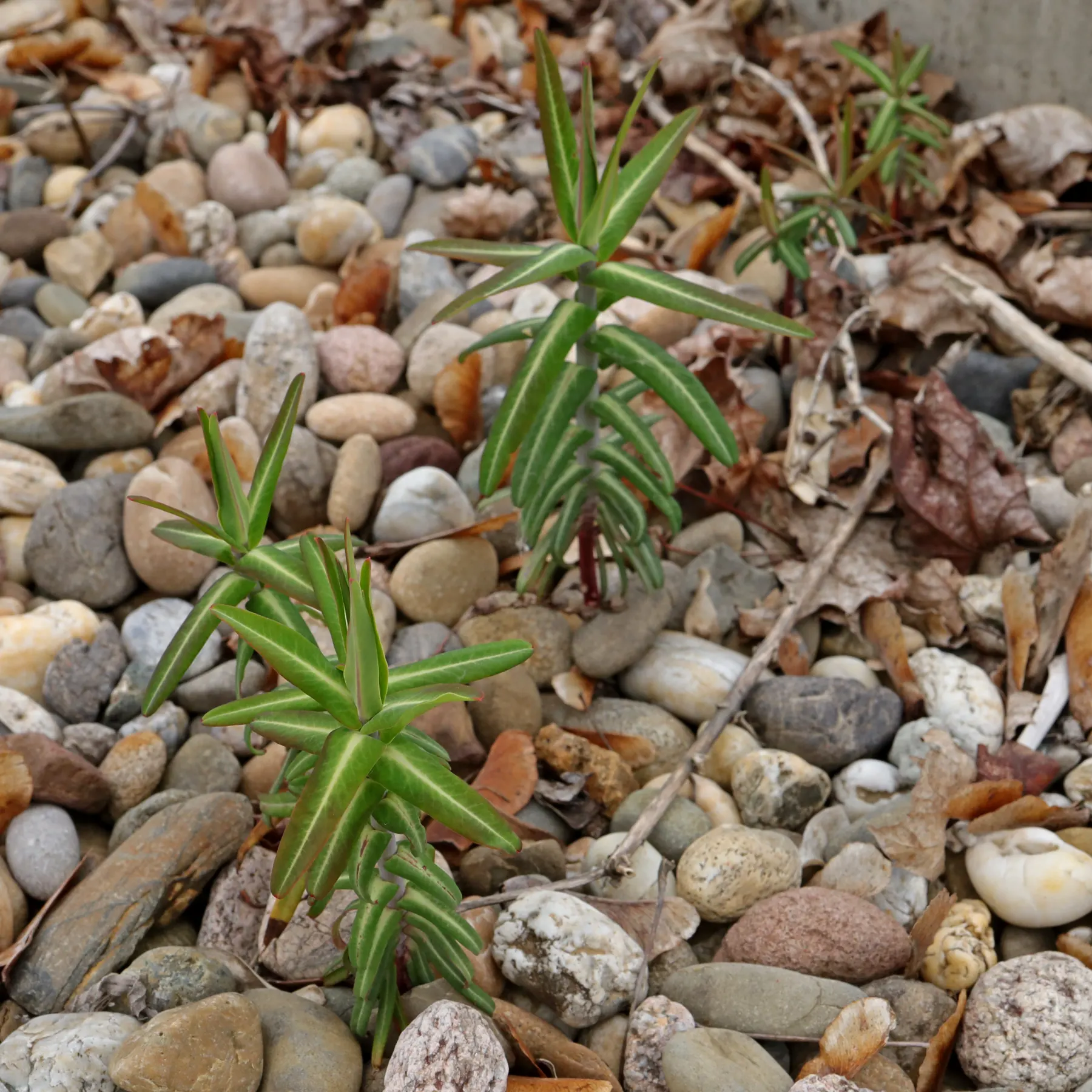
In Central Europe it is sometimes found near settlements or allotments. It also grows on embankments and dams.

Euphorbia lathyris in the garden
Euphorbia lathyris doesn’t repel voles, but it brings color to the winter garden with its striped leaves. Moreover, its culture is not difficult.
It self-seeds and only needs regular watering. It does not require fertilizer.
Who wants to dispose of it in the compost or raised bed must expect that its seeds will also germinate there.
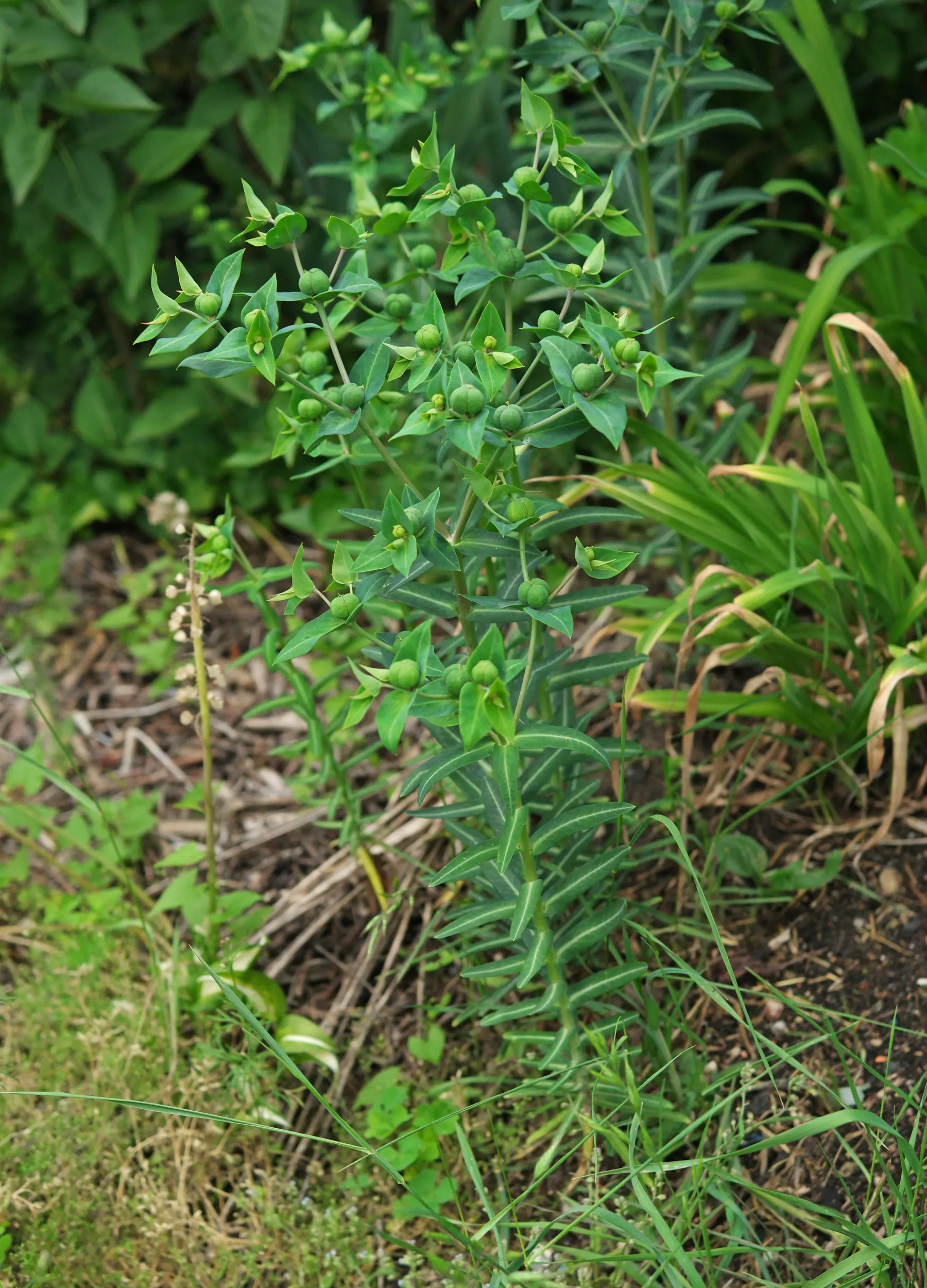
Categories: Garden plants | Wildflowers |
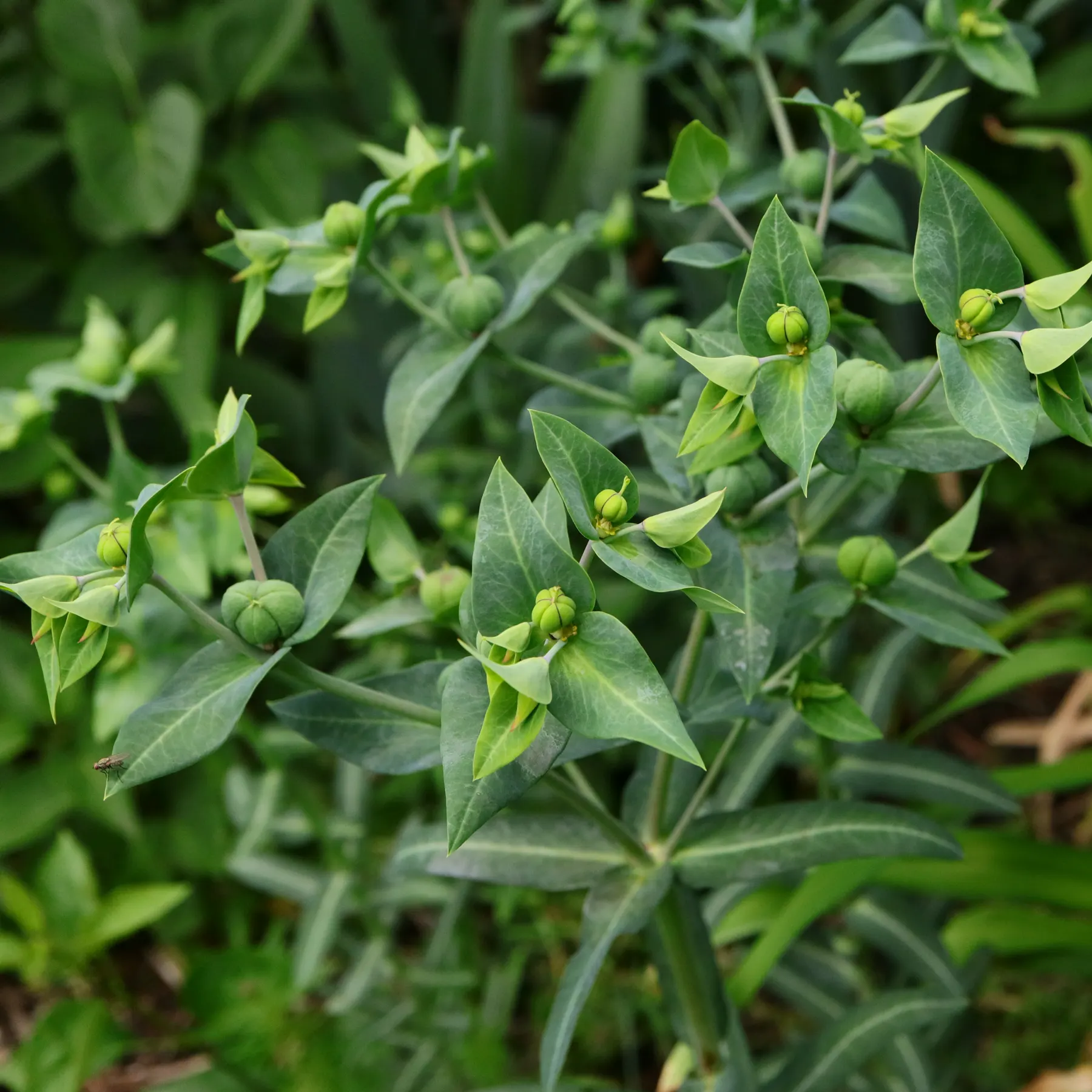
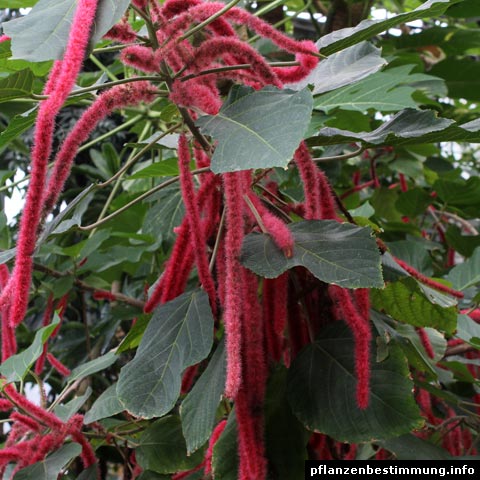 Acalypha hispida
Acalypha hispida Castor Bean
Castor Bean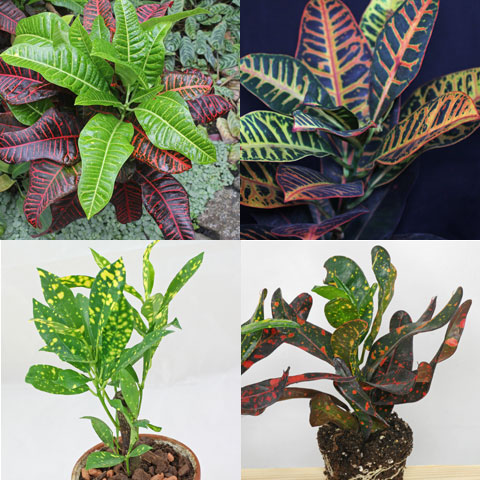 Codiaeum variegatum
Codiaeum variegatum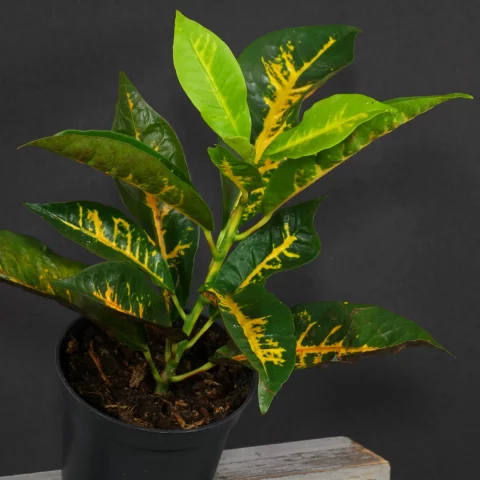 Codiaeum variegatum “Mora”
Codiaeum variegatum “Mora”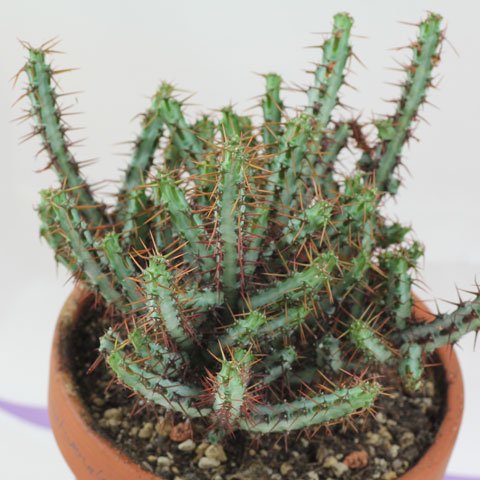 Euphorbia aeruginosa
Euphorbia aeruginosa Euphorbia alluaudii “Cristata”
Euphorbia alluaudii “Cristata” Euphorbia ammak “Variegata”
Euphorbia ammak “Variegata”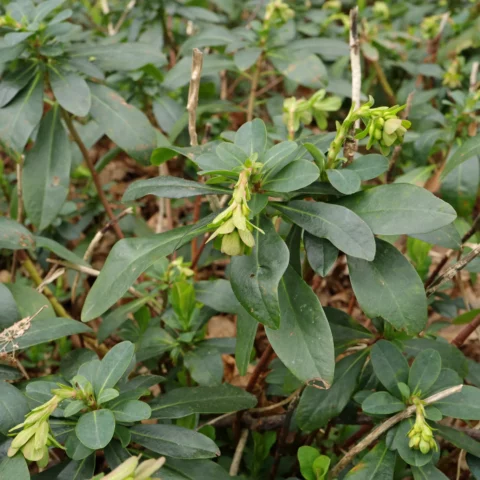 Euphorbia amygdaloides ssp. robbiae
Euphorbia amygdaloides ssp. robbiae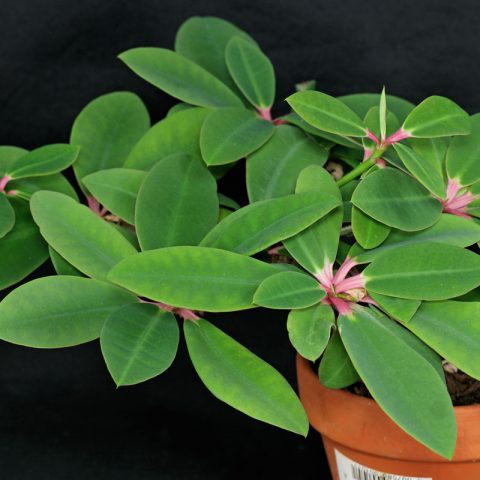 Euphorbia bongolavensis
Euphorbia bongolavensis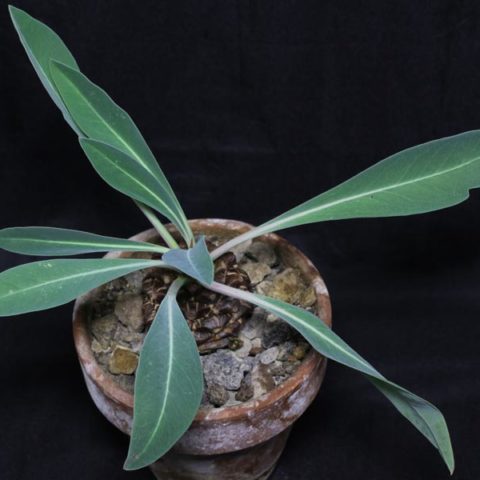 Euphorbia bupleurifolia
Euphorbia bupleurifolia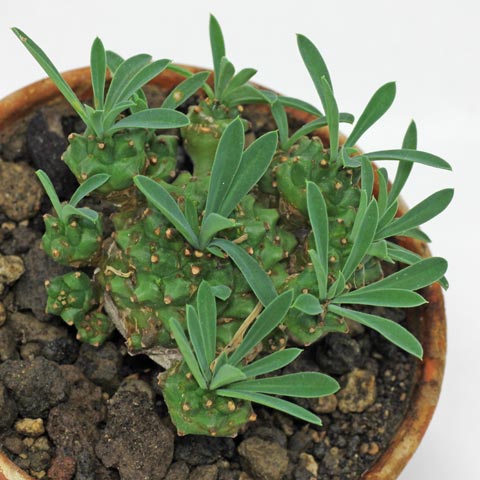 Euphorbia bupleurifolia × susannae
Euphorbia bupleurifolia × susannae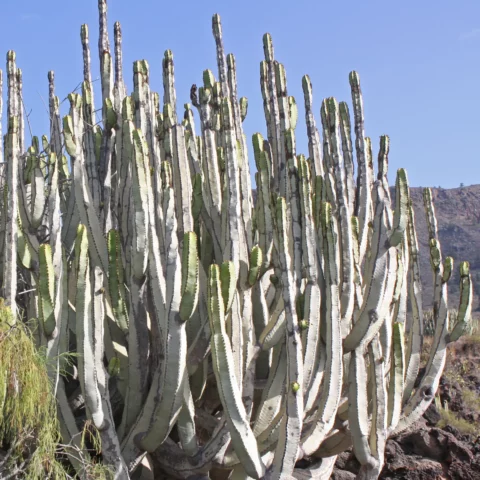 Euphorbia canariensis
Euphorbia canariensis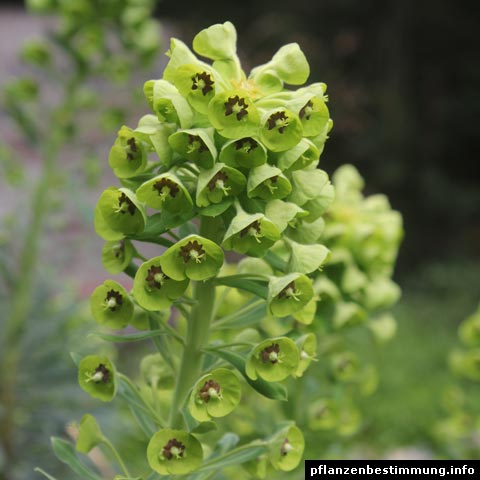 Euphorbia characias
Euphorbia characias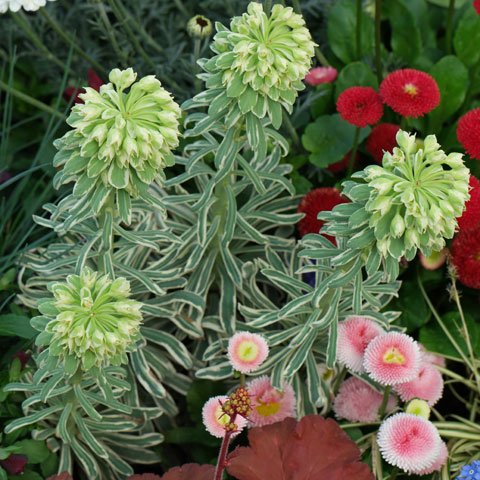 Euphorbia characias “Silver Swan”
Euphorbia characias “Silver Swan”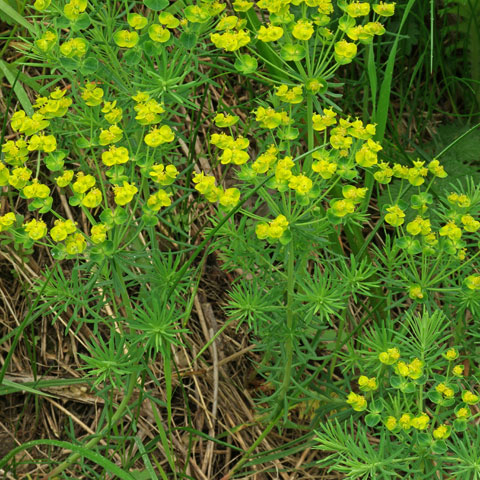 Euphorbia cyparissias
Euphorbia cyparissias Euphorbia cyparissias “Rubra”
Euphorbia cyparissias “Rubra”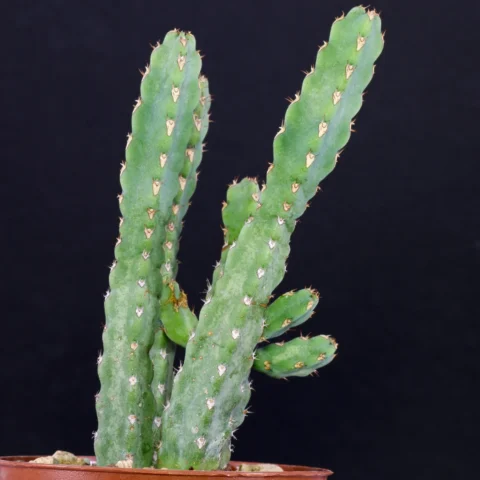 Euphorbia debilispina
Euphorbia debilispina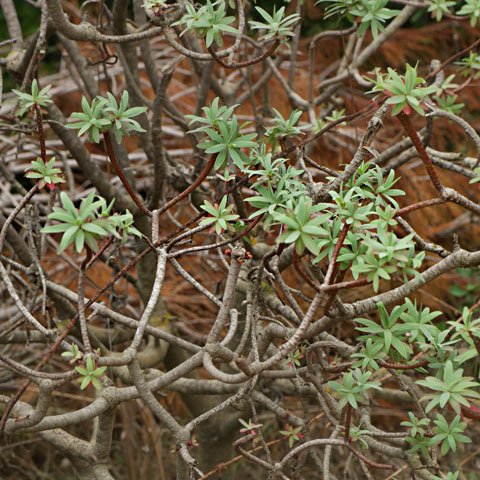 Euphorbia dendroides
Euphorbia dendroides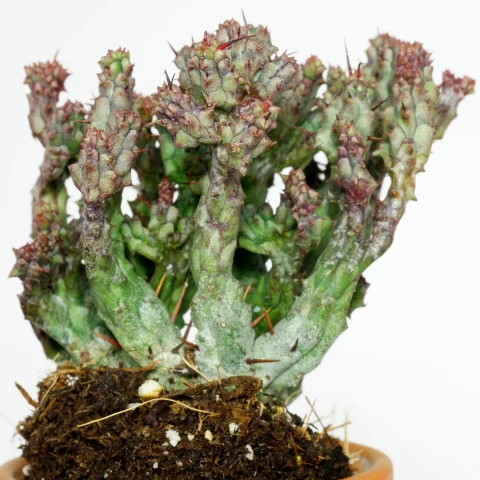 Euphorbia enopla “Cristata” ‘Coral’
Euphorbia enopla “Cristata” ‘Coral’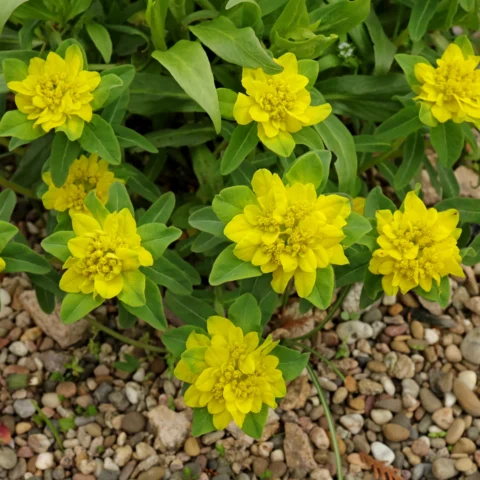 Euphorbia epithymoides “Senior”
Euphorbia epithymoides “Senior”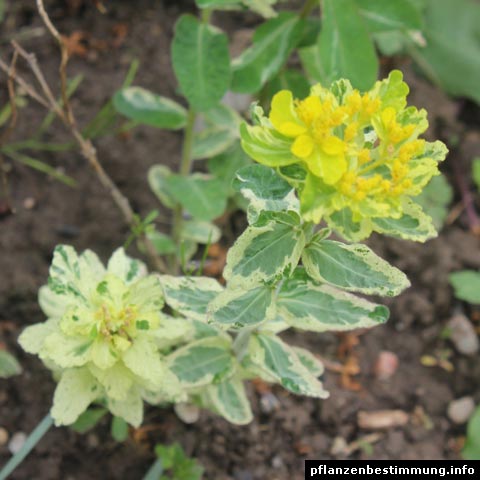 Euphorbia epithymoides “Variegata”
Euphorbia epithymoides “Variegata” Euphorbia esula
Euphorbia esula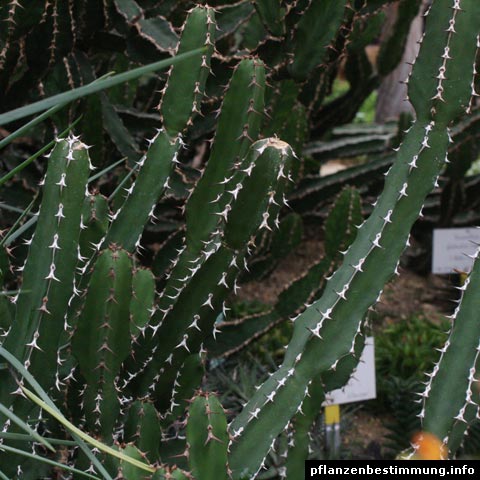 Euphorbia franckiana
Euphorbia franckiana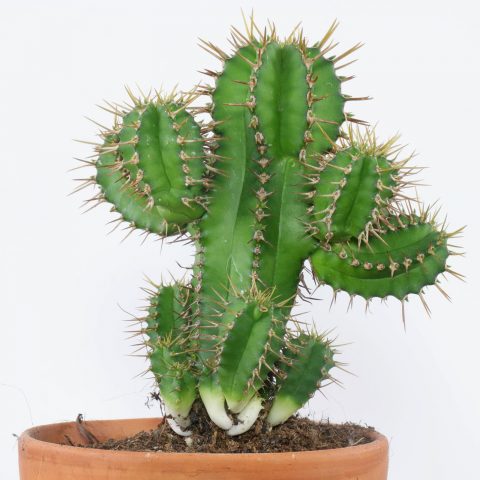 Euphorbia fruticosa
Euphorbia fruticosa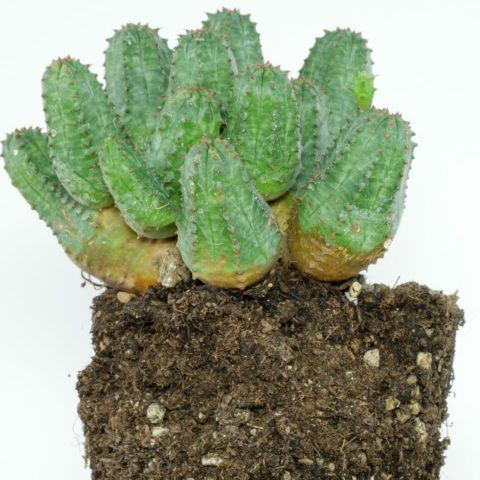 Euphorbia globosa × obesa
Euphorbia globosa × obesa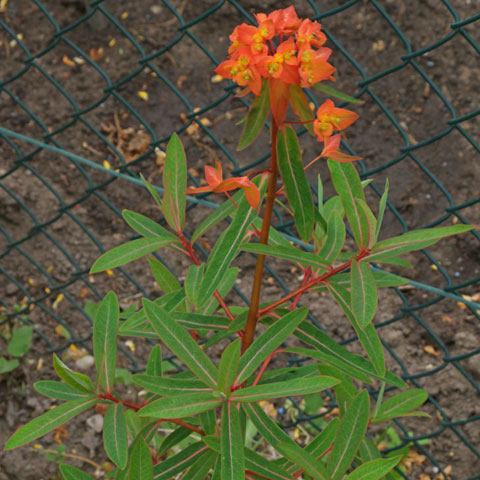 Euphorbia griffithii “Dixter”
Euphorbia griffithii “Dixter”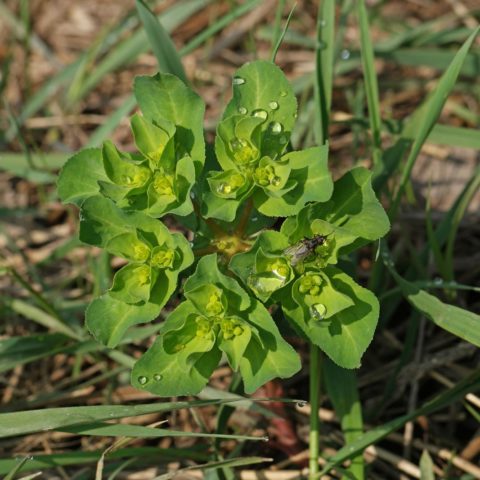 Euphorbia helioscopia
Euphorbia helioscopia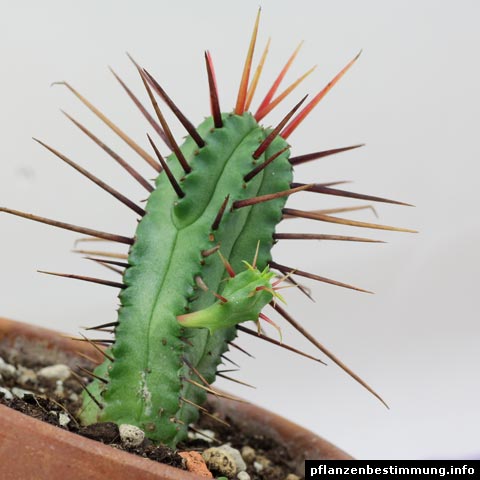 Euphorbia heptagona
Euphorbia heptagona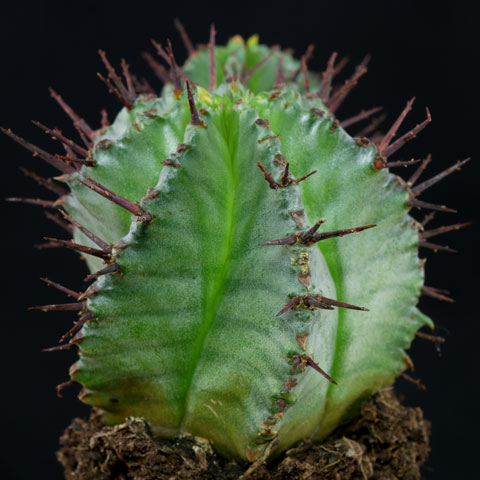 Euphorbia horrida
Euphorbia horrida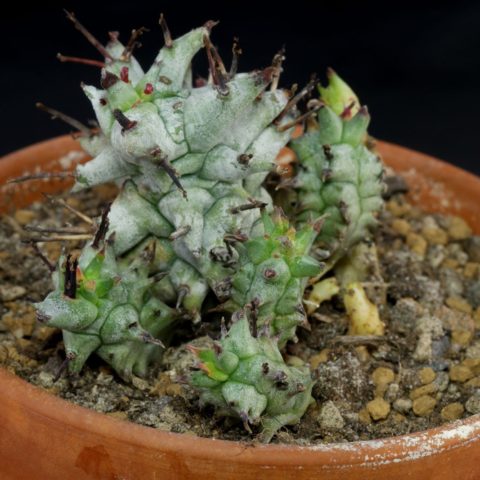 Euphorbia horrida “Monstrosa”
Euphorbia horrida “Monstrosa”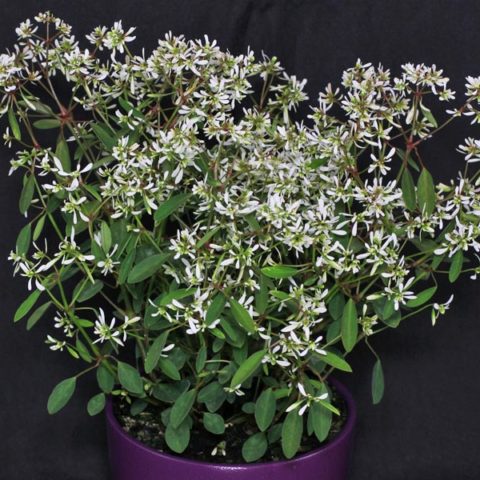 Euphorbia hypericifolia
Euphorbia hypericifolia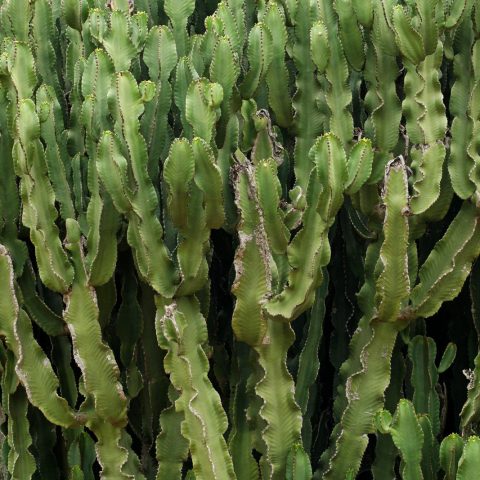 Euphorbia ingens
Euphorbia ingens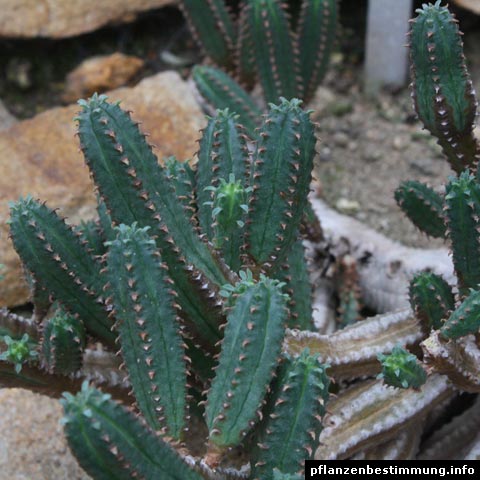 Euphorbia jansenvillensis
Euphorbia jansenvillensis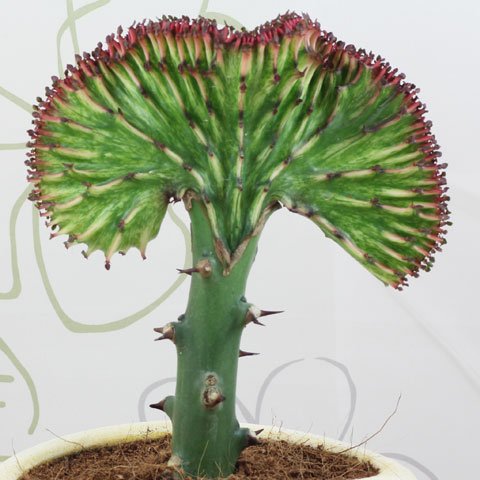 Euphorbia lactea “Cristata”
Euphorbia lactea “Cristata”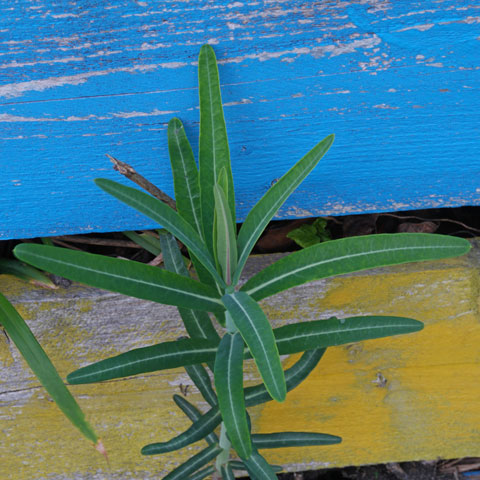 Euphorbia lathyris
Euphorbia lathyris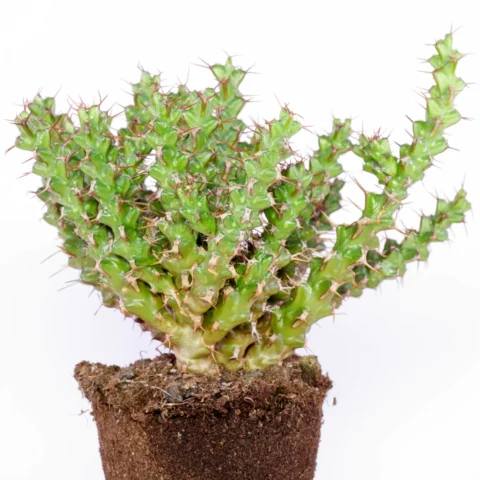 Euphorbia lenewtonii
Euphorbia lenewtonii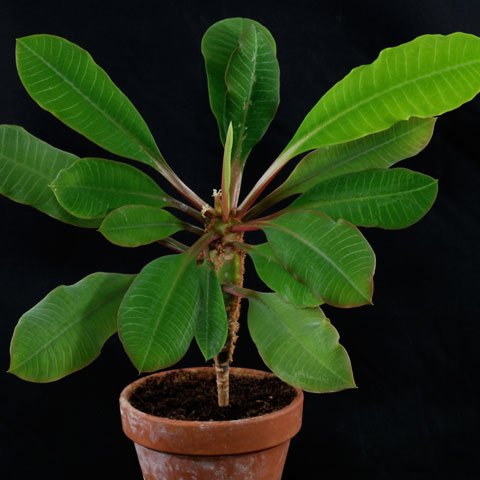 Euphorbia leuconeura
Euphorbia leuconeura Euphorbia loricata
Euphorbia loricata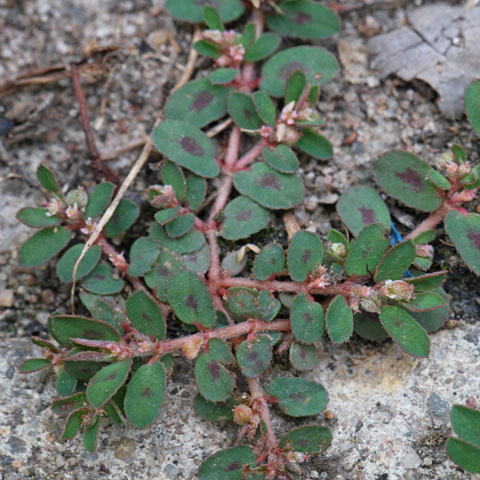 Euphorbia maculata
Euphorbia maculata Euphorbia magnifica
Euphorbia magnifica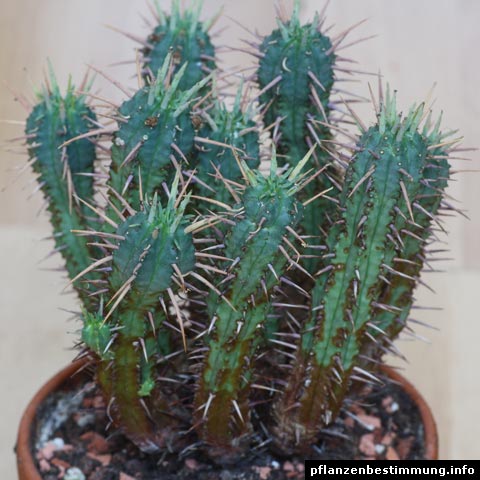 Euphorbia mammillaris
Euphorbia mammillaris Euphorbia mammillaris “Variegata”
Euphorbia mammillaris “Variegata” Euphorbia marginata
Euphorbia marginata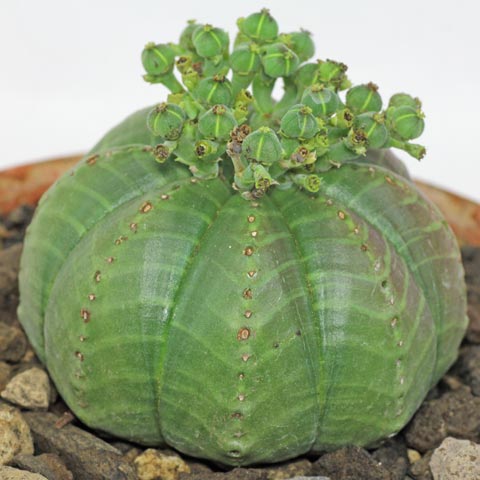 Euphorbia meloformis
Euphorbia meloformis Euphorbia milii
Euphorbia milii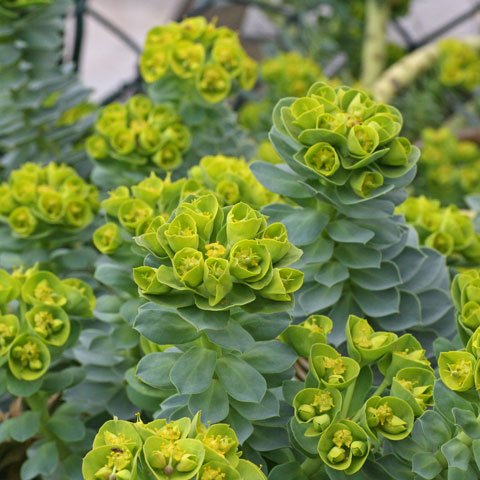 Euphorbia myrsinites
Euphorbia myrsinites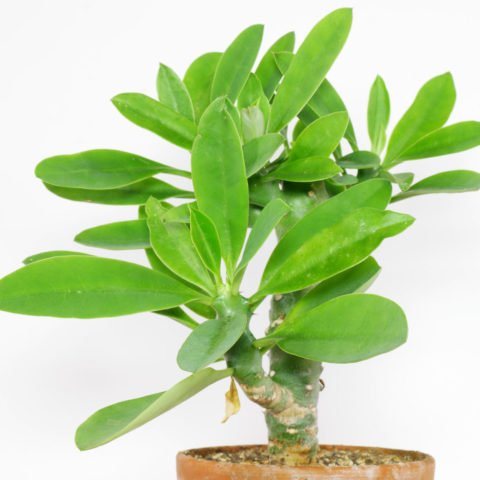 Euphorbia nivulia
Euphorbia nivulia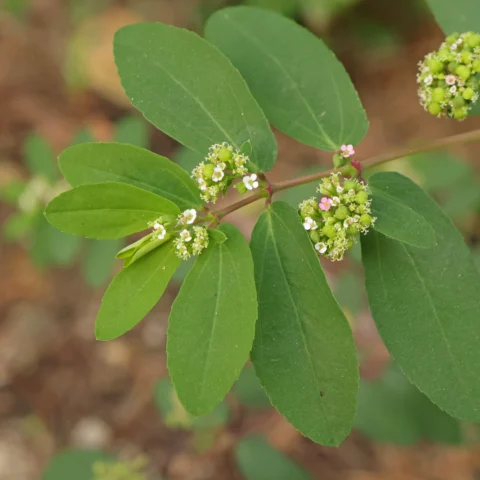 Euphorbia nutans
Euphorbia nutans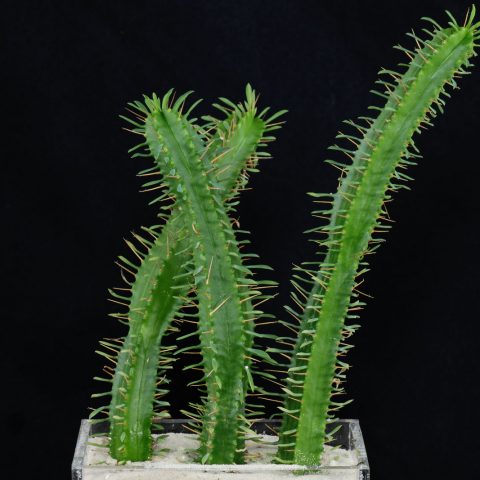 Euphorbia pentagona
Euphorbia pentagona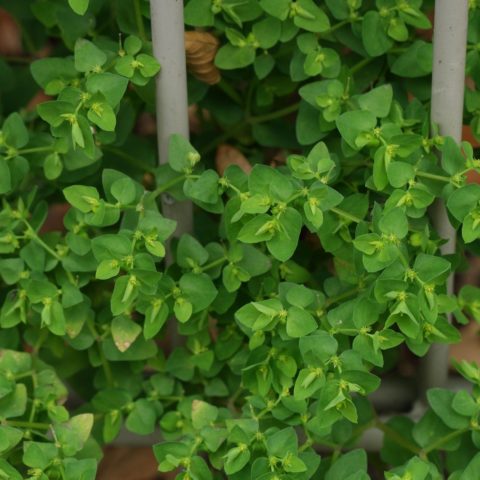 Euphorbia peplus
Euphorbia peplus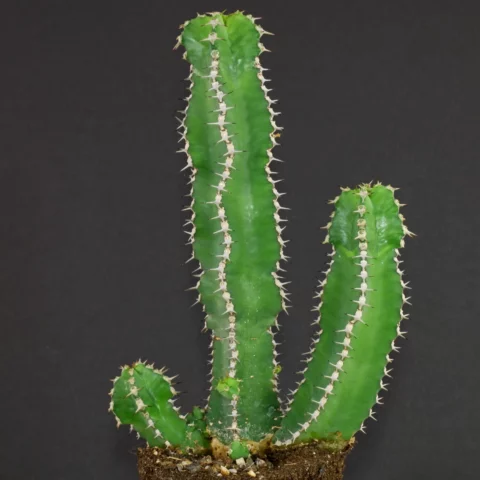 Euphorbia polyacantha
Euphorbia polyacantha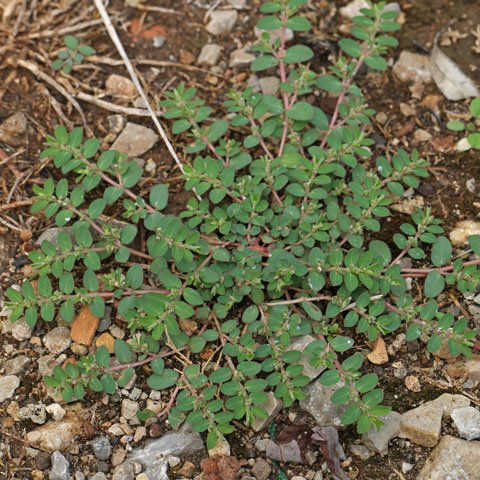 Euphorbia prostrata
Euphorbia prostrata Euphorbia pseudocactus
Euphorbia pseudocactus Euphorbia pulcherrima
Euphorbia pulcherrima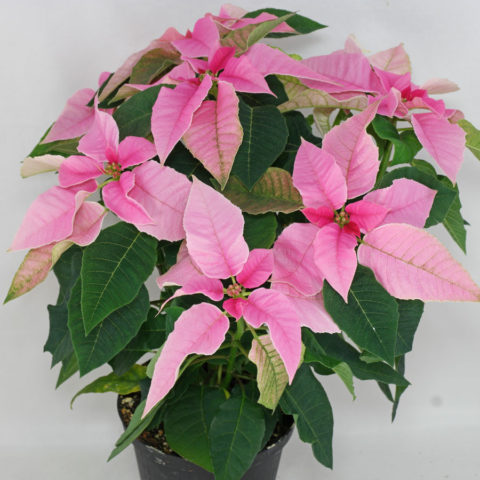 Euphorbia pulcherrima “Princettia Pink”
Euphorbia pulcherrima “Princettia Pink”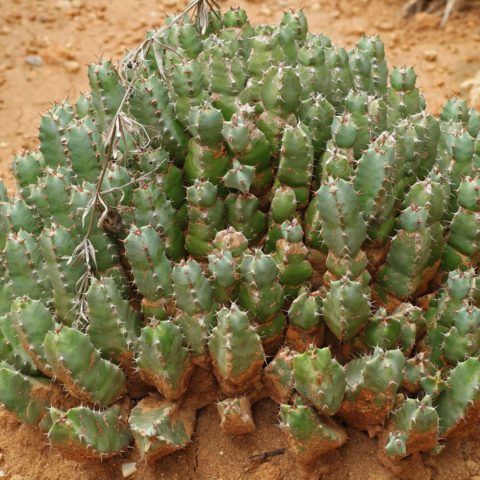 Euphorbia resinifera
Euphorbia resinifera Euphorbia ritchiei
Euphorbia ritchiei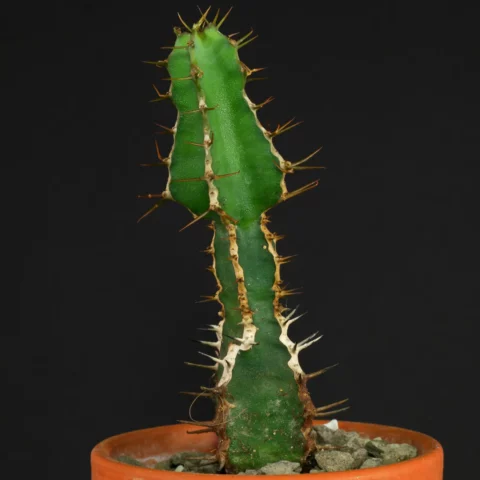 Euphorbia rowlandii
Euphorbia rowlandii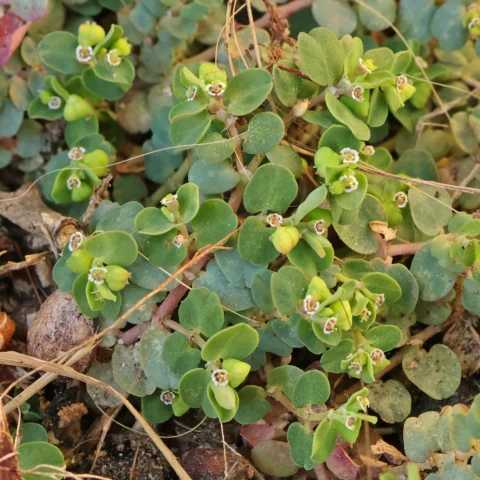 Euphorbia serpens
Euphorbia serpens Euphorbia stellata
Euphorbia stellata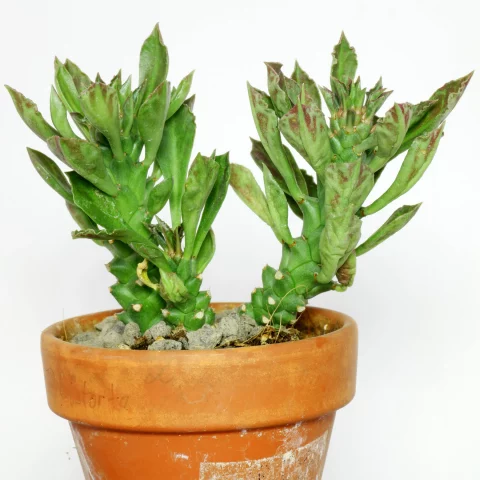 Euphorbia succulenta
Euphorbia succulenta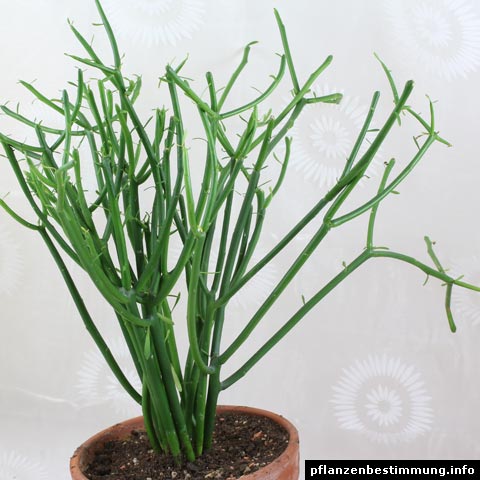 Euphorbia tirucalli
Euphorbia tirucalli Euphorbia triangularis
Euphorbia triangularis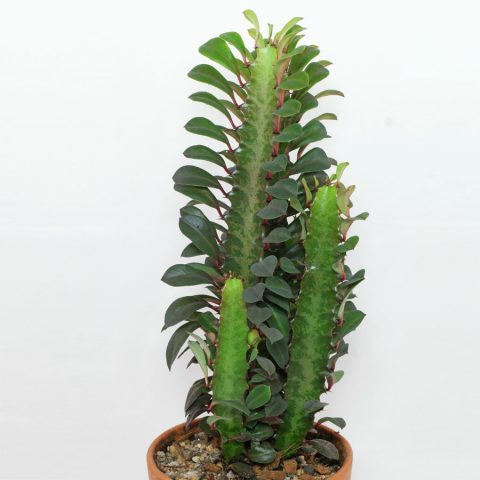 Euphorbia trigona
Euphorbia trigona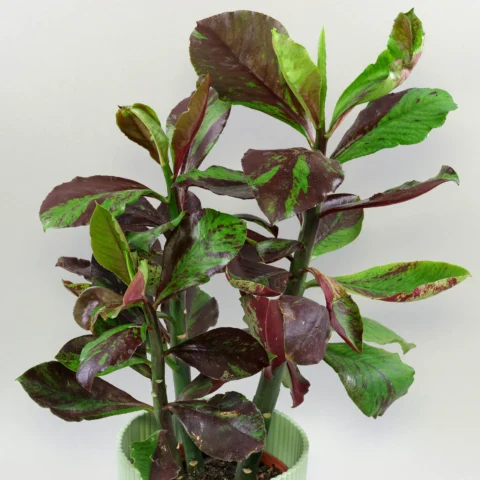 Euphorbia umbellata “Rubra”
Euphorbia umbellata “Rubra”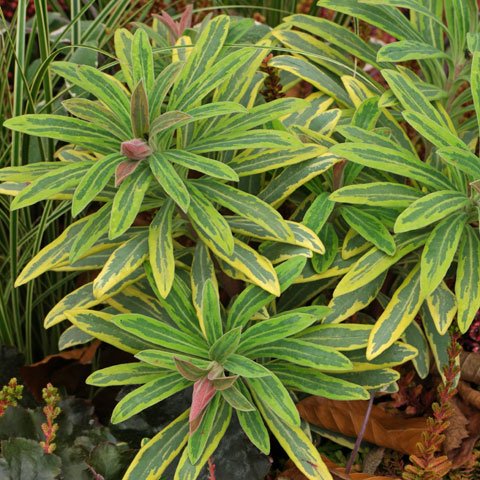 Euphorbia × martini “Ascot Rainbow”
Euphorbia × martini “Ascot Rainbow”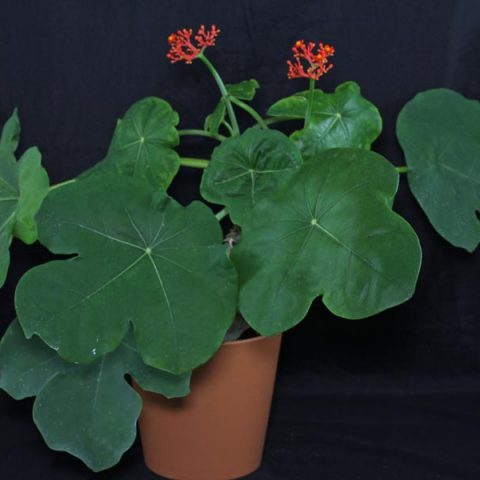 Jatropha podagrica
Jatropha podagrica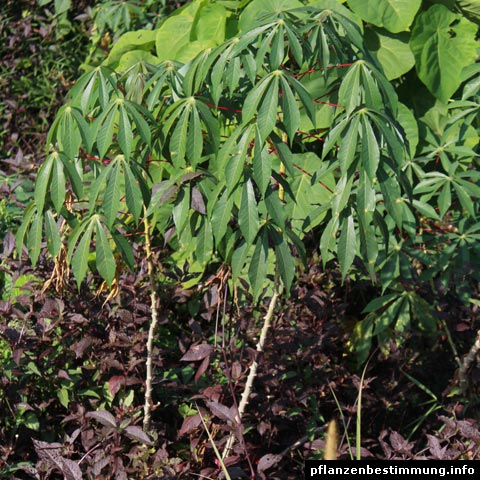 Manihot esculenta
Manihot esculenta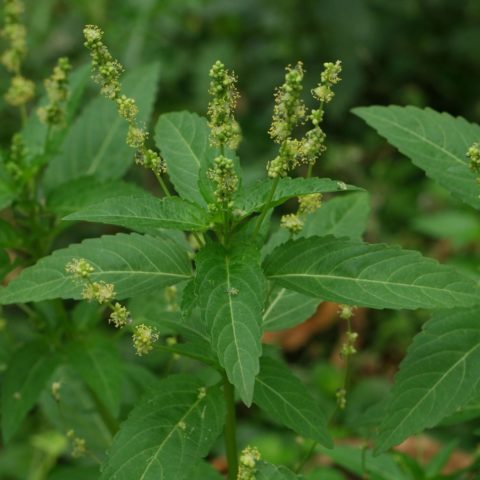 Mercurialis annua
Mercurialis annua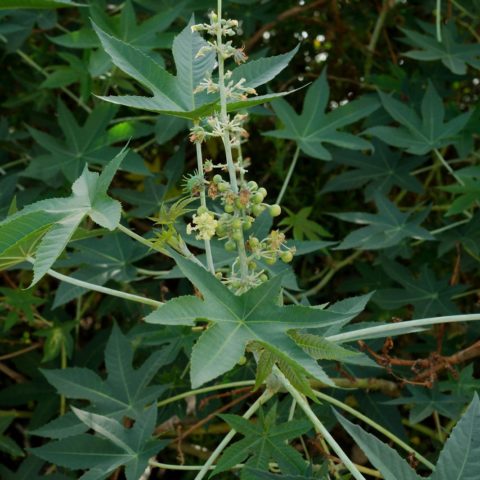 Ricinus communis
Ricinus communis